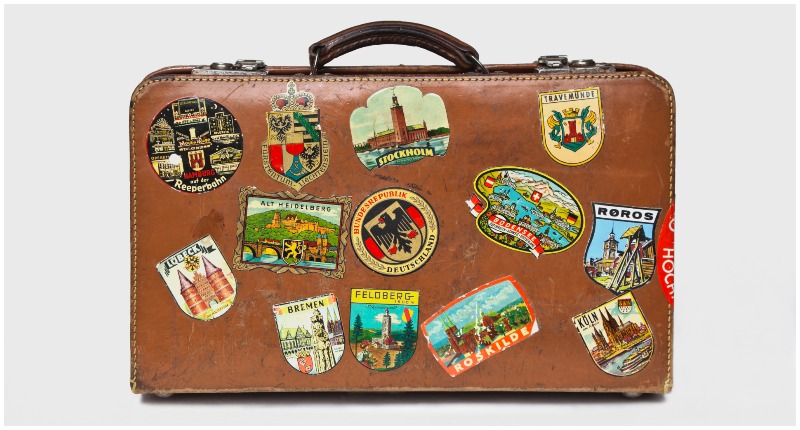Arthur MacMurrough Kavanagh is one of Irish history’s most remarkable characters. Born into an ancient Irish aristocratic line, he traveled the world, crossing Central Asia and working for the East India Company across the Indian subcontinent.
He earned a scandalous reputation as a notorious charmer, and is rumored to have fathered many illegitimate children. On returning to Ireland he became an important 19th century landholder, politician, and a staunch Unionist.
Kavanagh achieved a remarkable amount during his life. However, his story is all the more notable given that he was born without any arms or legs.
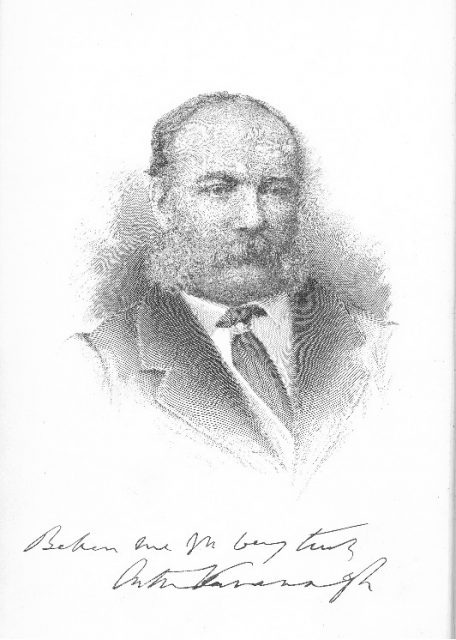
Kavanagh was born in 1831 in County Carlow, to a family with an ancient Irish Catholic pedigree. His father was descended from the Kings of Leinster, yet had converted to Protestantism in order to allow him to become an MP. The family therefore formed part of the wealthy landholding class that ruled over (largely) Catholic tenant farmers.
According to the BBC, Kavanagh was born without any hands or feet, and his arms and legs were little more than stumps. Given the lack of opportunity for disabled people at the time, had he not been born into a high-ranking family, it is likely that he would have ended his life destitute, begging for alms on the streets of Dublin. However, Kavanagh’s mother was determined that his disability should not prevent him from leading a full and active life.
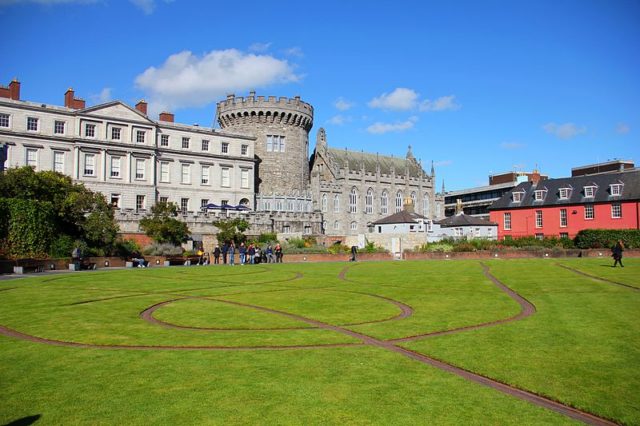
With the help of his mother and governess, Anne Fleming, Kavanagh learned to use his body from a young age. He was able to use his stumps to handle objects, and could even read and write, turning pages with his teeth and using his stumps to hold a pen.
Perhaps most significantly, however, he learned to ride horses. With the aid of a specially designed saddle and harness, he became a skilled horseman, and had a natural affinity for animals. Riding gave him his independence, which he soon exploited to full advantage.

Eager to see the world, Kavanagh travelled from a young age, accompanying his family on trips to Egypt and the Middle East. According to the BBC, in 1849, he and his brother embarked on an epic journey, passing through Scandinavia, Russia, Central Asia, Iran, and Pakistan, before finally arriving in India. This overland trip was exceptionally arduous, even for able-bodied travellers, but Kavanagh relished his time on the open road.
According to the Times, however, Kavanagh hit a hurdle in India. Having learned that her son had spent time frequenting a brothel, Kavanagh’s mother withdrew her letter of credit, leaving him without access to funds. In order to pay his way, Kavanagh got a job with the East India Company as a dispatch rider, putting his skills in horsemanship to good use.
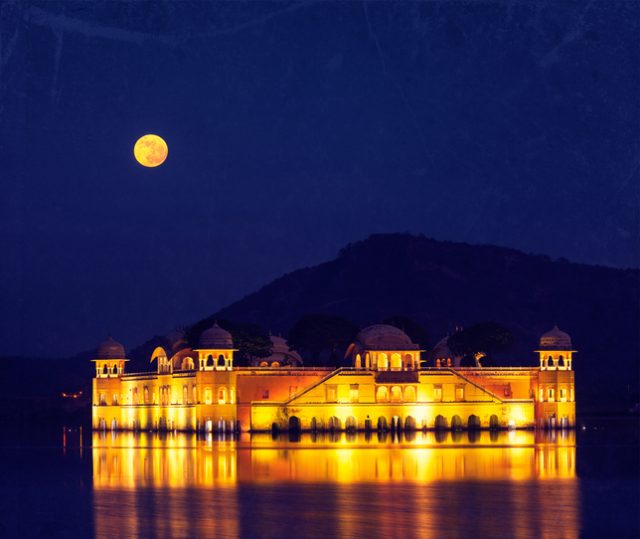
In 1851 Kavanagh was recalled to Ireland. His older brother had died, leaving him as sole heir to the family estate in Borris, County Carlow. Like all his other activities, Kavanagh threw himself into his new life as a landlord with gusto. Drawing on the techniques and strategies he had learned in India, he set about transforming the economic fortunes of the estate.
Inspired by what he had learned on his travels he invested in a sawmill and the Irish railways, boosting the local economy and ensuring that his tenant farmers had the means to earn a living and feed their families. The Great Famine of the 1840s had decimated the Irish farming community, and Kavanagh was adamant that his own tenants should not go hungry.
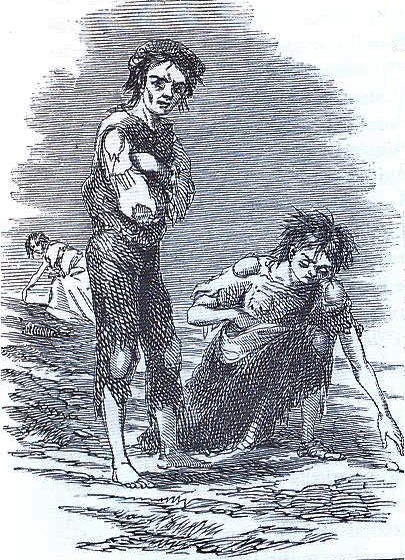
Kavanagh had a deeply paternalistic approach to Irish politics. He believed that the landholding class were divinely sanctioned leaders of society, but that this meant that they had certain responsibilities to their tenant farmers.
He deplored the lack of respect demonstrated by many Irish landlords towards their tenants, and was devastated by the senseless loss of life that had occurred during the Famine.
Kavanagh’s deep convictions saw him become increasingly involved in politics. He served as a Member of Parliament between 1866 and 1880, where he was closely involved with efforts to reform the Irish system of land tenure. When he died of pneumonia in 1889, he was widely loved and respected, both at home and in London.
Kavanagh was a staunch Unionist and landlord who defended the rights of tenant farmers, a committed Christian who deplored the divisions between Catholics and Protestants, and a legendary lothario who settled into a happy and loving marriage. He never conformed to stereotypes, and certainly never allowed his disability to place limits on what he could achieve.
